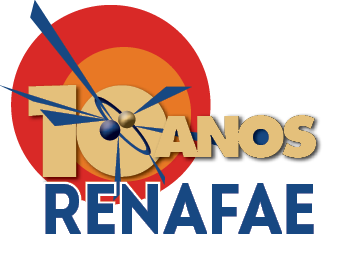Speaker
Description
Coherent elastic neutrino-nucleus scattering (CEnNS) is an interaction process that was predicted by the Standard Model but only recently was observed. Although its cross-section is coherently enhanced at low neutrino energies, the resulting keV-range nuclear recoil energies are below the thresholds of most detectors. The detection of coherent scattering with different experimental techniques is of significant interest, since it can act as a probe for physics beyond the Standard Model and may also be useful to monitor nuclear power plants. The measurement of CEnNS will increase our knowledge on a limiting background for future dark matter searches and is useful in understanding the supernovae processes.
The Coherent Neutrino-Nucleus Interaction Experiment (CONNIE) uses fully depleted high-resistivity CCDs (charge coupled devices) as particle detectors with the goal of measuring for the first time CEnNS of reactor antineutrinos with silicon nuclei. The CONNIE detector has been operating since 2014 at a distance of 30 m from the core of the Angra II 3.8 GW nuclear reactor in Angra dos Reis, RJ, Brazil. The detector has demonstrated stable operation, low noise of less than 2e- RMS, and low background contamination levels achieved using passive shielding. In 2016 the experiment was upgraded, increasing its active mass from 4 g of silicon to 80 g, and implementing a number of improvements on the control and operations. We will report on the performance of the CONNIE detector, preliminary results from the current data, and future perspectives for detecting CEnNS.
